The art of gemstone restoration has evolved dramatically over the centuries, blending traditional craftsmanship with cutting-edge technology. From ancient lapidaries who painstakingly polished stones by hand to modern laser systems capable of repairing microscopic fractures, the field has undergone a revolution. Today, gemstone repair is as much a science as it is an art form, requiring deep knowledge of mineralogy, optics, and structural integrity.
Understanding the delicate nature of gemstones is fundamental to any restoration process. Each type of stone – whether diamond, ruby, emerald, or opal – possesses unique physical and chemical properties that dictate how it can be safely treated. The Mohs hardness scale serves as an initial guide, but factors like cleavage planes, thermal sensitivity, and light refraction properties play equally important roles. Master restorers develop an intuitive sense for these materials, knowing precisely how much pressure or heat a particular stone can withstand before risking damage.
Modern gem laboratories employ advanced imaging technologies before attempting any repairs. High-resolution microscopes can reveal internal fractures invisible to the naked eye, while spectroscopic analysis determines chemical composition and potential vulnerabilities. These diagnostic tools allow technicians to create detailed treatment plans tailored to each stone's specific needs. The difference between a successful restoration and a catastrophic failure often lies in this preparatory work.
The actual repair techniques vary widely depending on the damage. Surface scratches might be addressed through precision repolishing, using diamond abrasives graded to match the stone's hardness. Deeper chips sometimes require careful reshaping of the entire gem to maintain proper proportions and light performance. In cases where structural integrity is compromised, epoxy resins specifically formulated for gemological use can provide stabilization without altering the stone's appearance.
Laser technology has revolutionized certain aspects of gemstone repair. Focused beams can remove inclusions or repair fractures with pinpoint accuracy, minimizing material loss. The most advanced systems can even operate below the stone's surface, leaving the exterior completely untouched. However, these techniques require extraordinary skill – an errant laser pulse can create new flaws worse than the original damage.
One of the most challenging aspects of gem restoration involves maintaining or recreating a stone's optical properties. The way light interacts with a gem's facets determines its brilliance, fire, and scintillation. Poorly executed repairs can deaden these qualities, leaving the stone technically intact but visually lifeless. Master craftsmen spend years learning how to match original facet angles and polish levels to preserve a gem's light performance.
Ethical considerations play a significant role in contemporary gem restoration. The line between repair and enhancement often blurs, with some techniques potentially misleading buyers about a stone's natural state. Reputable restorers maintain detailed documentation of all procedures performed, ensuring transparency for future owners. Major gemological associations have established strict guidelines about what constitutes acceptable restoration versus deceptive treatment.
The future of gemstone repair points toward increasingly non-invasive techniques. Nanotechnology shows promise for filling fractures at a molecular level, while advanced crystallization processes may one day allow for true molecular reconstruction of damaged areas. What remains constant is the need for human expertise – machines may provide the tools, but the judgment and skill of experienced gemologists will always be essential to quality restoration work.
Collectors and investors increasingly recognize that properly restored gems can retain significant value, especially when dealing with antique or historically important pieces. The key lies in using methods that preserve as much original material as possible while honestly disclosing all interventions. As restoration techniques continue advancing, we may reach a point where nearly any gemstone damage becomes reversible without compromising the stone's essential character.
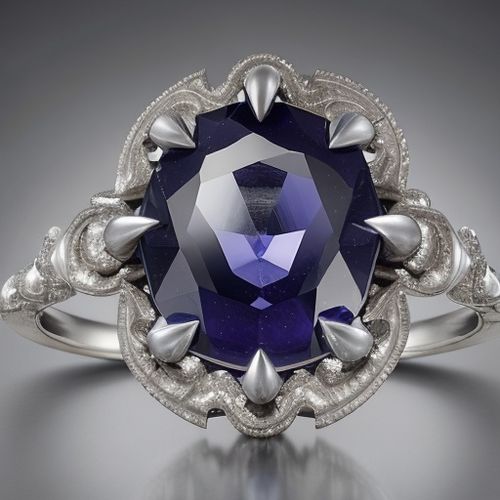
By John Smith/Apr 28, 2025

By Lily Simpson/Apr 28, 2025
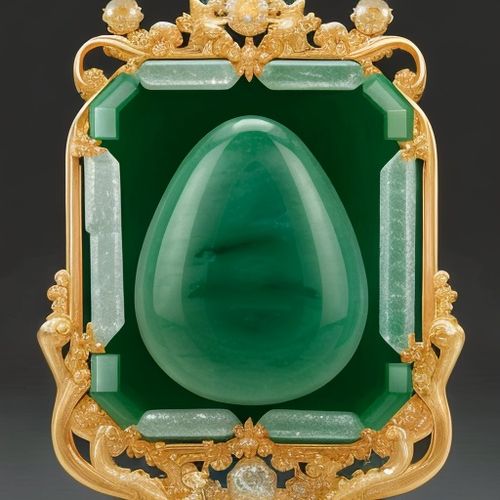
By Sarah Davis/Apr 28, 2025

By Megan Clark/Apr 28, 2025

By Michael Brown/Apr 28, 2025

By William Miller/Apr 28, 2025

By Laura Wilson/Apr 28, 2025
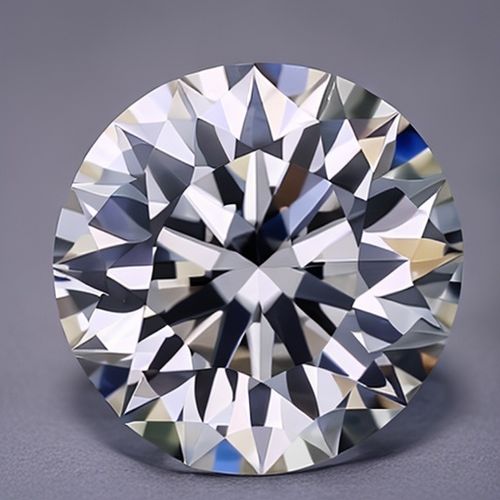
By Michael Brown/Apr 28, 2025

By Ryan Martin/Apr 28, 2025
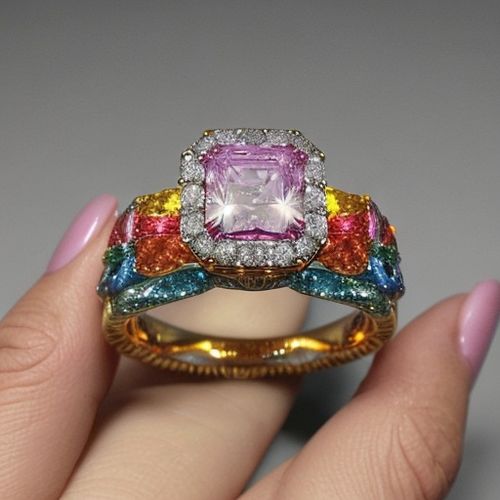
By George Bailey/Apr 28, 2025

By Samuel Cooper/Apr 28, 2025
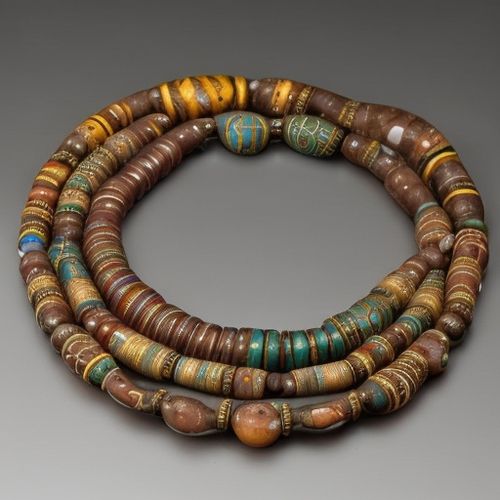
By Joshua Howard/Apr 28, 2025

By Laura Wilson/Apr 28, 2025

By Eric Ward/Apr 28, 2025

By Natalie Campbell/Apr 28, 2025

By Christopher Harris/Apr 28, 2025

By Lily Simpson/Apr 28, 2025
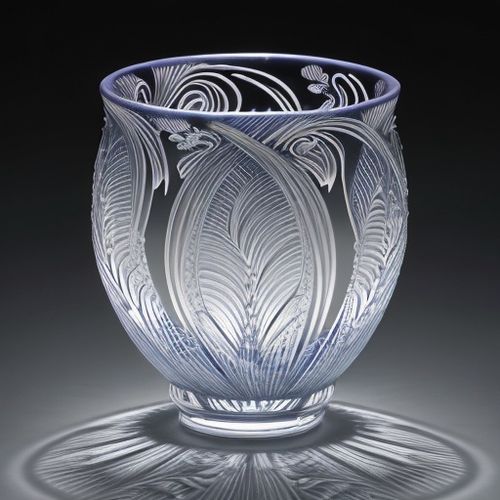
By Benjamin Evans/Apr 28, 2025

By Lily Simpson/Apr 28, 2025

By William Miller/Apr 28, 2025